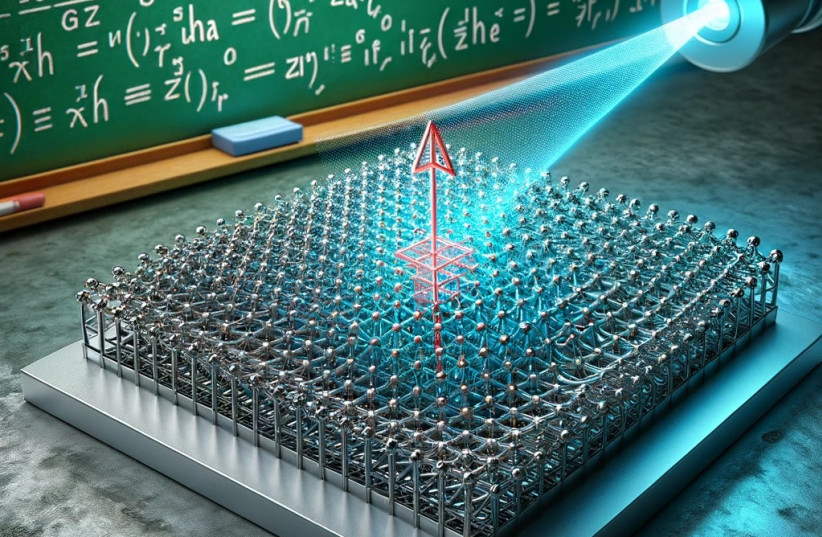A previously unknown connection between light and magnetism that discovery could lead to super-fast, light-controlled memory technology and innovative sensors that detect the magnetic part of light has been discovered by Hebrew University of Jerusalem (HU) scientists. This “breakthrough” is expected to revolutionize how we store data and build devices in various industries.
Prof. Amir Capua, head of the Spintronics Lab within the HU’s Institute of Applied Physics and Electrical Engineering, announced the major unexpected discovery in the realm of light-magnetism interactions using an optical laser beam to control the magnetic state in solids. The research was conducted by Benjamin Assouline, a doctoral candidate in the Spintronics Lab, who played a vital role in this groundbreaking discovery.
They have just published their discovery in the journal Physical Review Research under the title “Helicity-dependent optical control of the magnetization state emerging from the Landau-Lifshitz-Gilbert equation.” Recognizing the potential impact of their breakthrough, the team has applied for several related patents.

The research challenges conventional thinking by unraveling the overlooked magnetic aspect of light that typically receives less attention due to the slower response of magnets compared to the rapid behavior of light radiation. The team unraveled a new understanding -- that the magnetic component of a rapidly oscillating light wave possesses the capability to control magnets, redefining principle physical relations. Interestingly, an elementary mathematical relation that describes the strength of the interaction was identified and links the amplitude of the magnetic field of light, its frequency, and the energy absorption of the magnetic material.
The discovery, closely linked to the field of quantum technologies, combined principles from two scientific communities that so far had little overlap. “We arrived at this understanding by using principles that are well established within the quantum computing and quantum optics communities but less so in the spintronics and magnetism communities,” he continued. “The interaction between a magnetic material and radiation is well established when the two are in perfect equilibrium. However, the situation where there is both radiation and a magnetic material that are not in equilibrium has so far been described very partially.”
This discovery has far-reaching implications, particularly in the domain of data recording using light and nano-magnets,” Capua added. “It hints at the potential realization of ultra-fast and energy-efficient optically controlled MRAM, and a seismic shift in information storage and processing across diverse sectors.”
Moreover, simultaneously with this discovery, the team introduced a specialized sensor capable of detecting the magnetic part of light. Unlike traditional sensors, this cutting-edge design offers versatility and integration across various applications, potentially revolutionizing sensor and circuit designs utilizing light in diverse ways.
